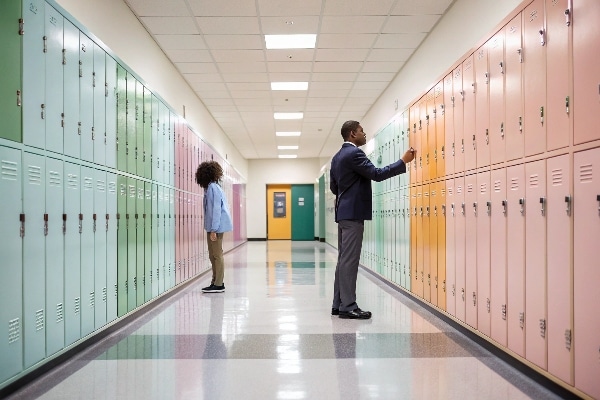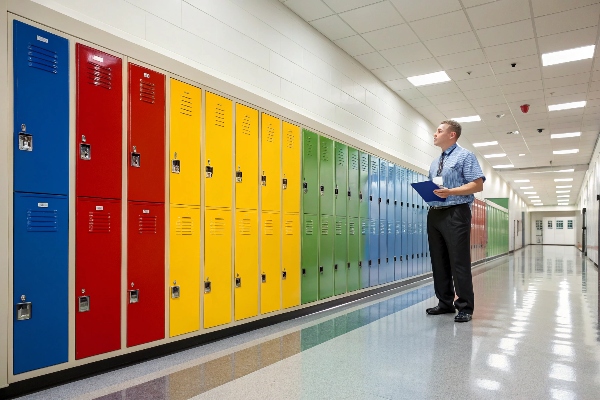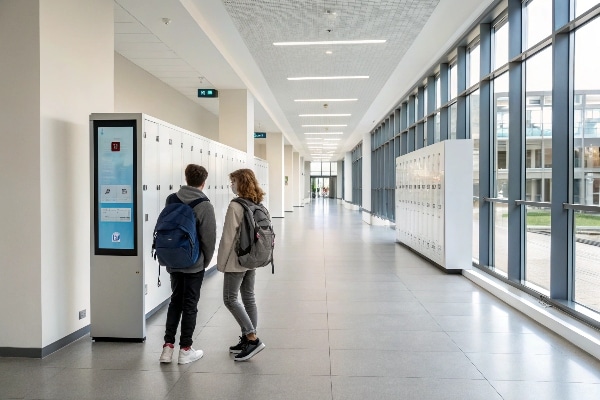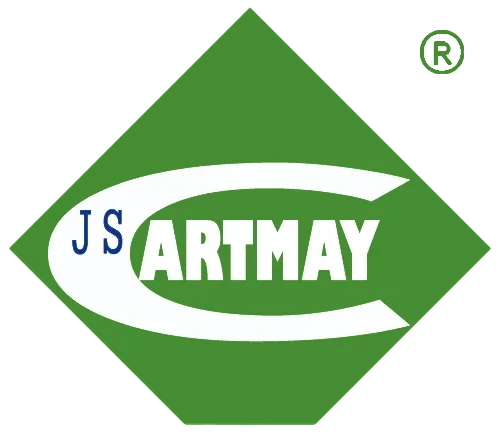
Yes, in most schools, teachers or administrators have access to a spare key or master key for school lockers. This ensures that lockers can be accessed in cases of emergencies, forgotten combinations, or suspected rule violations. Since lockers are considered school property, school officials retain the right to access them when necessary.
Teachers or school administrators often keep a spare or master key to lockers, primarily for safety, maintenance, and ensuring compliance with school rules.
Are Teachers Allowed to Go Through Your Locker?

Teachers themselves do not typically have the authority to search lockers unless explicitly permitted by school policy. Locker searches are generally conducted by administrators or other authorized personnel when there is reasonable suspicion1 of a rule violation.
Teachers are not usually allowed to search lockers independently; locker searches must adhere to school policies and legal guidelines.
Guidelines for Locker Searches:
-
Reasonable Suspicion:
- A locker can only be searched if there is a valid reason to suspect that it contains prohibited items.
-
Authorization:
- Searches are typically conducted by administrators, not individual teachers.
-
Privacy Considerations:
- While lockers are school property, students still have some expectation of privacy, and searches must follow proper procedures.
-
Transparency:
- Schools often notify students and parents about locker search policies at the start of the academic year.
Locker searches must balance the need for school safety with respect for students’ rights.
Who Is the Legal Owner of School Lockers?

School lockers are legally owned by the school, even though they are assigned to individual students for use. This ownership gives schools the right to access and manage lockers as needed, typically outlined in the school’s policies2.
The school is the legal owner of lockers3, granting them the authority to inspect or regulate their use.
Key Points About Locker Ownership:
-
Student Use:
- Students are assigned lockers for personal use but must comply with school rules regarding their usage.
-
School Rights:
- Schools reserve the right to inspect lockers to ensure safety, prevent misuse, and maintain order.
-
Policies and Agreements:
- Schools often require students and parents to sign agreements acknowledging that lockers are school property.
-
Maintenance Responsibility:
- The school is responsible for the maintenance and upkeep of lockers, ensuring they remain functional and secure.
Understanding the ownership of lockers helps clarify why schools have access to them when necessary.
Why Do Schools Not Use Lockers Anymore?

Many schools are phasing out lockers or limiting their use due to changing educational practices and logistical challenges. Modern trends, such as digital learning tools and concerns about safety, have reduced the need for traditional lockers.
Schools are moving away from lockers due to the rise of digital learning, safety concerns, and a preference for streamlined hallways and flexible spaces.
Reasons Schools Are Reducing Locker Use:
-
Digital Learning:
- Tablets and laptops have replaced heavy textbooks, reducing the need for physical storage.
-
Safety Concerns:
- Lockers can be misused to store prohibited items, leading some schools to eliminate them.
-
Hallway Congestion:
- Removing lockers creates more open and accessible hallways, reducing crowding.
-
Student Preferences:
- Many students prefer carrying everything in backpacks rather than using lockers.
-
Modern School Designs:
- Schools are prioritizing collaborative spaces and flexible designs over locker-lined hallways.
Although lockers were once a staple of school life, many schools now find them less essential in modern educational settings.
Conclusion
Teachers and administrators often have spare keys to school lockers for safety and maintenance purposes. While students use lockers to store their belongings, lockers remain the property of the school, allowing staff to access them when necessary. The decreasing use of lockers in schools is driven by changes in educational tools, safety concerns, and evolving school designs. Understanding these trends helps clarify the evolving role of lockers in today’s schools.
-
Understanding what qualifies as reasonable suspicion can help clarify the legal boundaries of locker searches, ensuring student rights are respected. ↩
-
Exploring school policies on locker searches provides insight into the balance between student privacy and school safety measures. ↩
-
Knowing the legal ownership of school lockers helps understand the authority schools have over locker inspections and regulations. ↩

